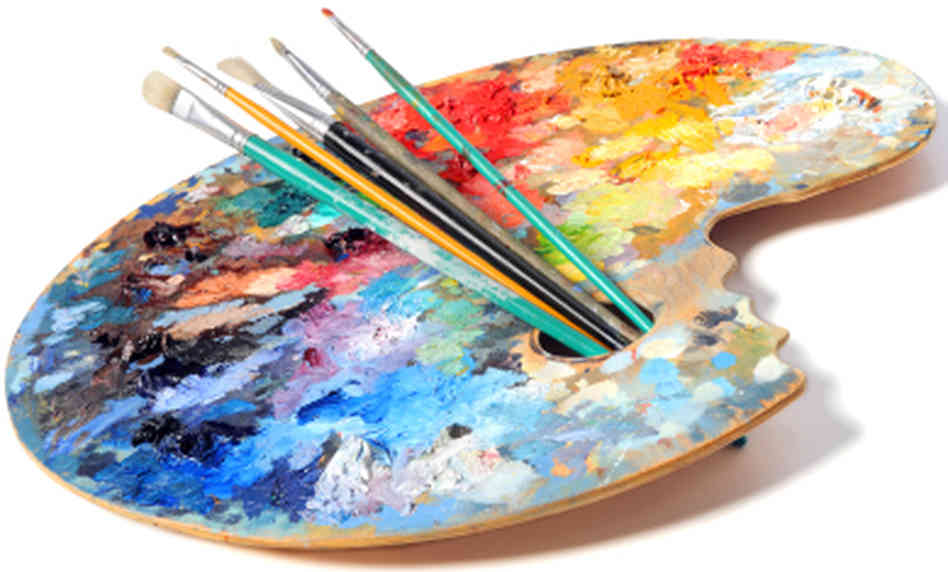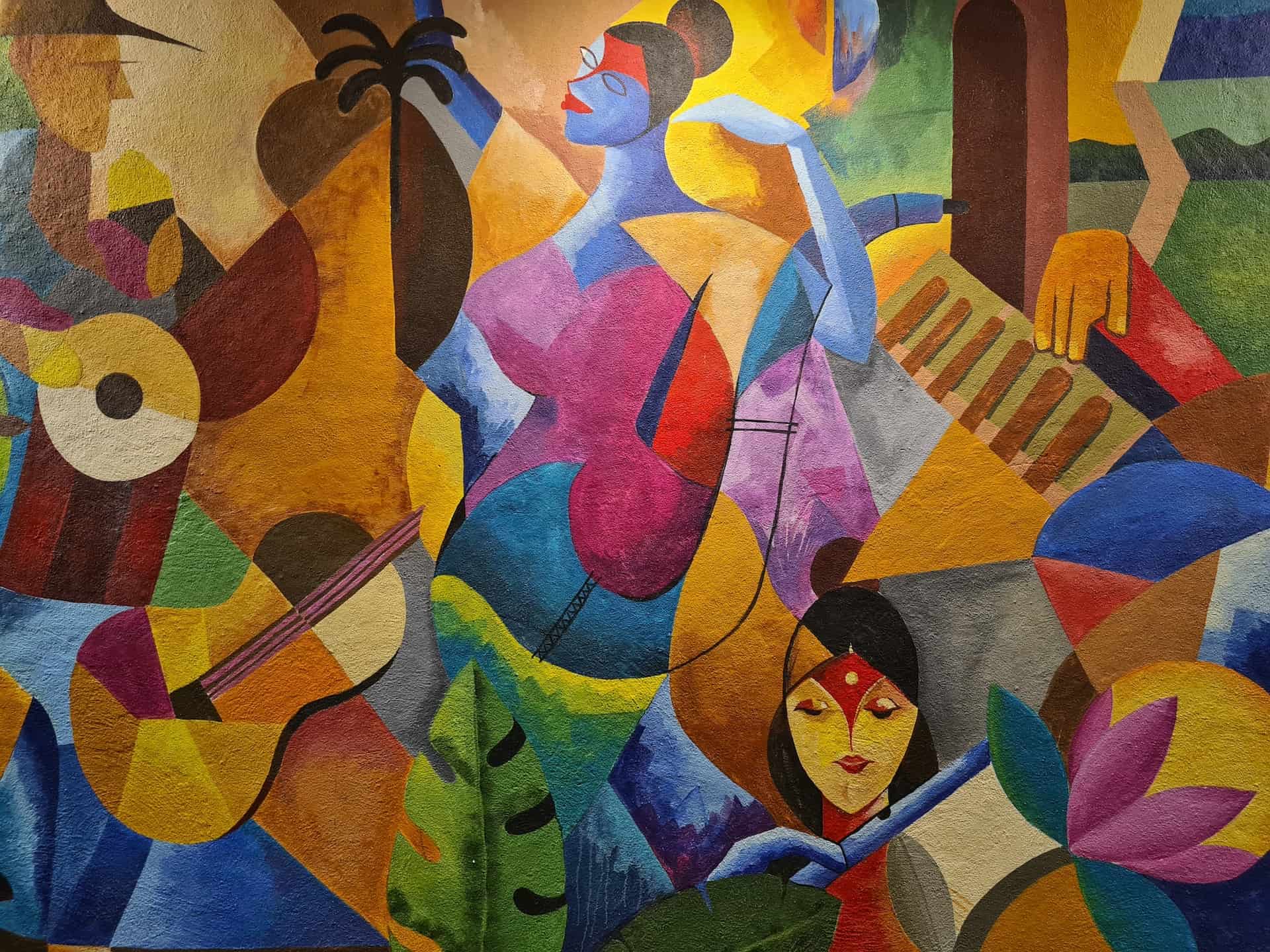Starting an Aesthetic Journey Through the Lyrical Analyses of Nature in Stylist Landscapes
Each brushstroke, each play of light and darkness, and each color selection in their works talks volumes about the musicians' deep connection to nature and their ability to convert its appeal onto the canvas. As we discover the lyrical analyses of nature in Impressionist landscapes, we are welcomed to immerse ourselves in a globe where truth and emotion intertwine, providing a peek into the musicians' extensive recognition for the all-natural world.
The Fascinating Brushstrokes of Claude Monet
Claude Monet's mastery of brushstrokes goes beyond simple technique, imbuing his landscapes with an aerial high quality that mesmerizes and mesmerizes viewers - trump art. His cutting-edge usage of shade and light, integrated with his distinctive brushwork, produces a sense of motion and life within his paints. Monet's popular collection of works showing water lilies and his legendary haystacks showcase his capacity to record the fleeting results of light and environment

Embracing Light and Darkness With Camille Pissarro
Personifying a comparable respect for the interplay of light and darkness, Camille Pissarro's artistic vision unfolds as an unified exploration of the all-natural globe's luminous subtleties. Pissarro, a crucial figure in the Impressionist activity, masterfully caught the vibrant relationship in between light and shadow in his landscapes. His proficient use shade and brushwork enabled him to share the refined changes in light that define various times of day and periods.
Pissarro's paints commonly feature spotted sunlight infiltrating fallen leaves, casting intricate patterns of light and shadow on the planet below. In jobs such as "Hoar Frost, the Result of Snow, Pontoise," Pissarro skillfully illustrates the crisp brightness of winter sunlight compared with the great shadows that specify the snowy landscape. By welcoming both light and darkness in his structures, Pissarro invites viewers to immerse themselves in the all-natural beauty and transient effects of light on the planet around them.

With Pissarro's works, we are advised of the transformative power of light and shadow, inviting us to pause and value the short lived moments of beauty present in the day-to-day landscapes that surround us.
A Symphony of Colors by Edgar Degas
Edgar Degas manages a lively symphony of shades in his masterful art work, instilling his make-ups with a dynamic interaction of hues that captivate the audience's stare. Known mainly for his ballet professional dancers and intimate scenes of Parisian life, Degas skillfully adjusted shades to convey state of mind and activity in his paints. trump art. His use of vibrant, different colors and subtle tonal variations created a feeling of depth and vibrancy within his works
Degas' color combination typically included abundant blues, deep greens, and cozy oranges, which he applied with certain brushstrokes to catch the significance of his topics. Whether representing a ballerina mid-performance or a team of friends conversing at a coffee shop, Degas' colors not only illustrated the scene but likewise evoked a sense of emotion and power.
In Addition, Degas' experimentation with light and shadow included an added layer of intricacy to his color compositions, boosting the overall atmosphere of his paintings (trump art). With his experienced adjustment of shade, Degas created an aesthetic symphony that remains to resonate with audiences today
Exploring Nature's Serenity With Berthe Morisot
Berthe Morisot's imaginative vision supplies a serene departure from the dynamic shade symphonies of Edgar Degas, as she captures the peace of nature in her evocative landscapes. Recognized for her fragile brushwork and intimate representations of daily life, Morisot's landscapes exude a sense of tranquility and consistency.
Morisot's paints commonly include soft, soft tones that share a feeling of calmness and peacefulness. Her jobs, such as "The Cradle" and "Summer season's Day," showcase her capability to catch the refined charm of nature in a method that is both reflective and relaxing to the audience.
Unlike several of her Impressionist equivalents that concentrated on vibrant compositions and bold colors, Morisot preferred to produce mild, reflective scenes that invite the audience to stop and reflect. With her skillful use of light and darkness, Morisot produces a sense of serenity that reverberates with the visitor on a deep psychological degree.
The Emotional Landscapes of Vincent Van Gogh
Vincent Van Gogh's landscapes strongly convey a deepness of emotion via their vibrant brushwork and meaningful usage of color. The Dutch post-impressionist artist is renowned for his capability original site to record intense and raw feelings in his paints, transcending typical representations of nature. Van Gogh's turbulent individual life, marked by psychological health and wellness battles, greatly influenced his art, infusing his landscapes with a sense of worry, melancholy, or pep.
In jobs such as "Starry Night" and "Wheatfield with Crows," Van Gogh's swirling brushstrokes and vivid color choices evoke a profound psychological action from customers. The stormy skies and perturbed landscapes in his paintings reflect his internal chaos and psychological turbulence, inviting customers to look into the intricacies of his mind.
Van Gogh's special visual language, identified by overstated point of views and strong use shade, develops landscapes that reverberate with customers on a deeply emotional level. Through his art, Van Gogh welcomes us to see nature not equally as an exterior truth however as a mirror of our innermost sensations and emotions.
Final Thought
In verdict, the impressionist landscapes of artists such as Claude Monet, Camille Pissarro, Edgar Degas, Berthe Morisot, and Vincent Van Gogh use a one-of-a-kind and fascinating visual interpretation of nature. Through their use brushstrokes, shade, emotion, and light, these musicians have produced a symphony of images that evoke a sense of serenity and beauty in the environment. Their jobs remain to inspire and bewitch customers with their lyrical analyses of the landscapes around us.
Each brushstroke, each play of light and shadow, and each color option in their works talks volumes regarding the musicians' deep connection to nature and their capacity to translate its charm onto the canvas. His cutting-edge usage of color and light, integrated with his unique brushwork, produces content a feeling of movement and life within his paints. His adept use of color and brushwork enabled him click to read more to communicate the subtle changes in light that specify different times of day and seasons.
